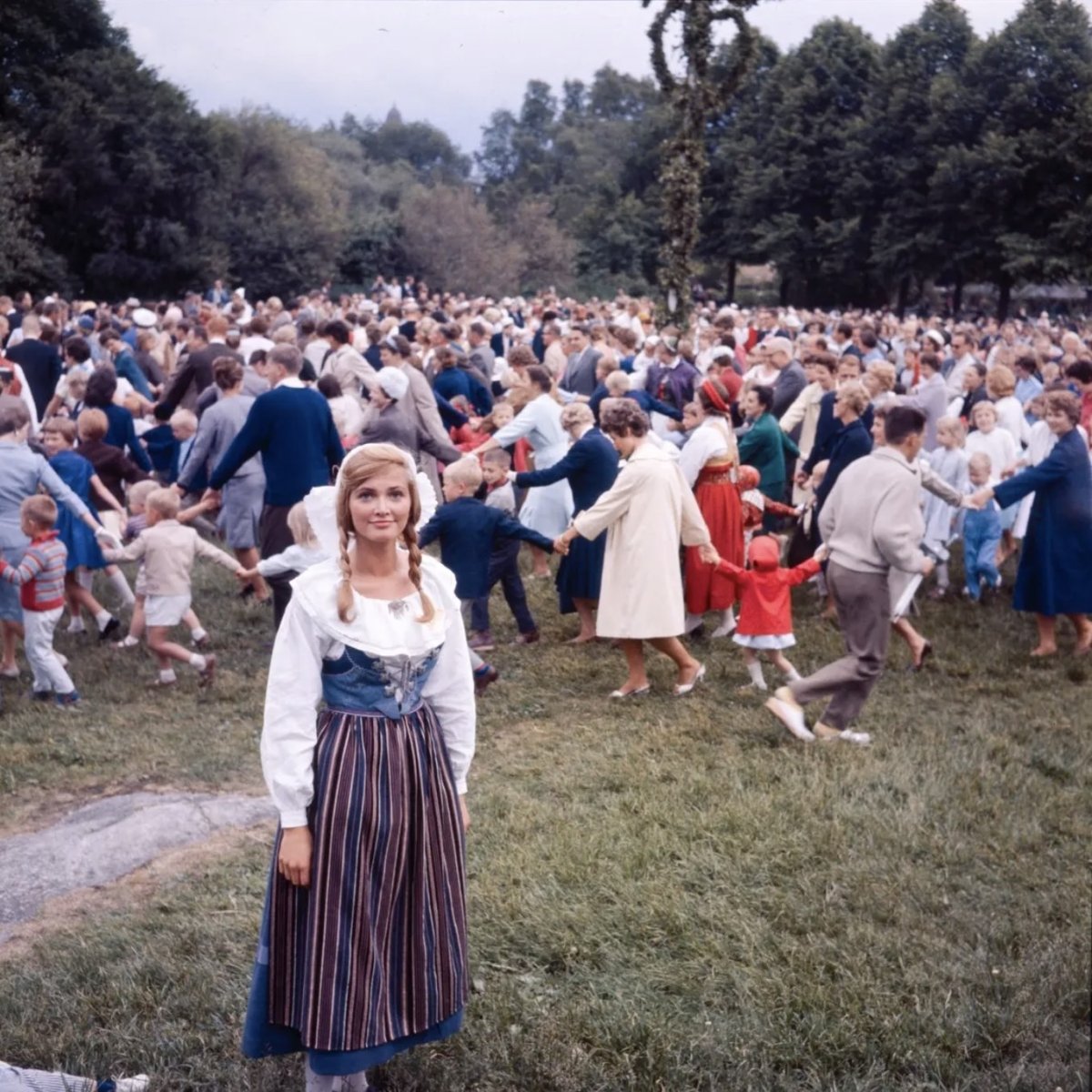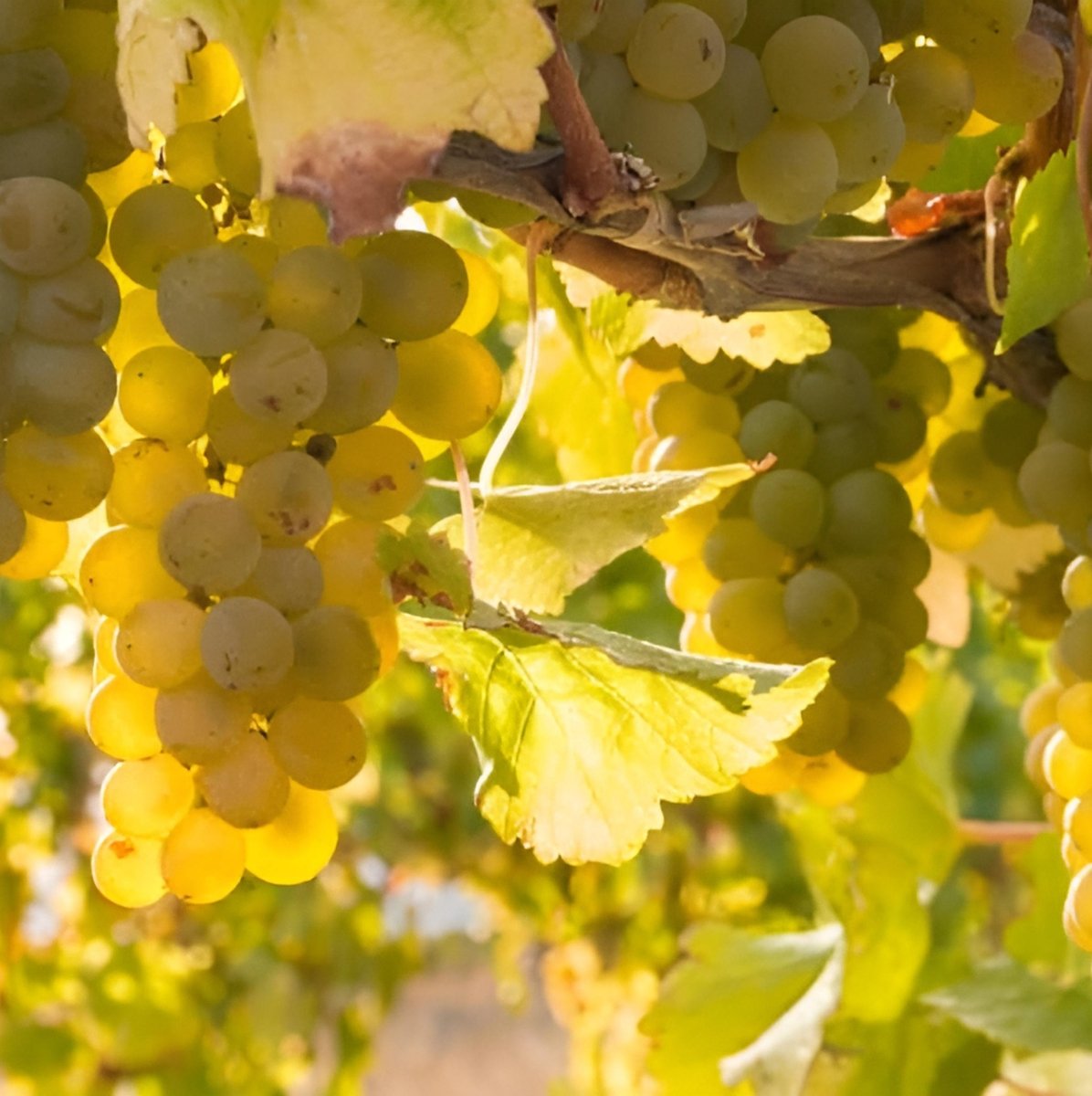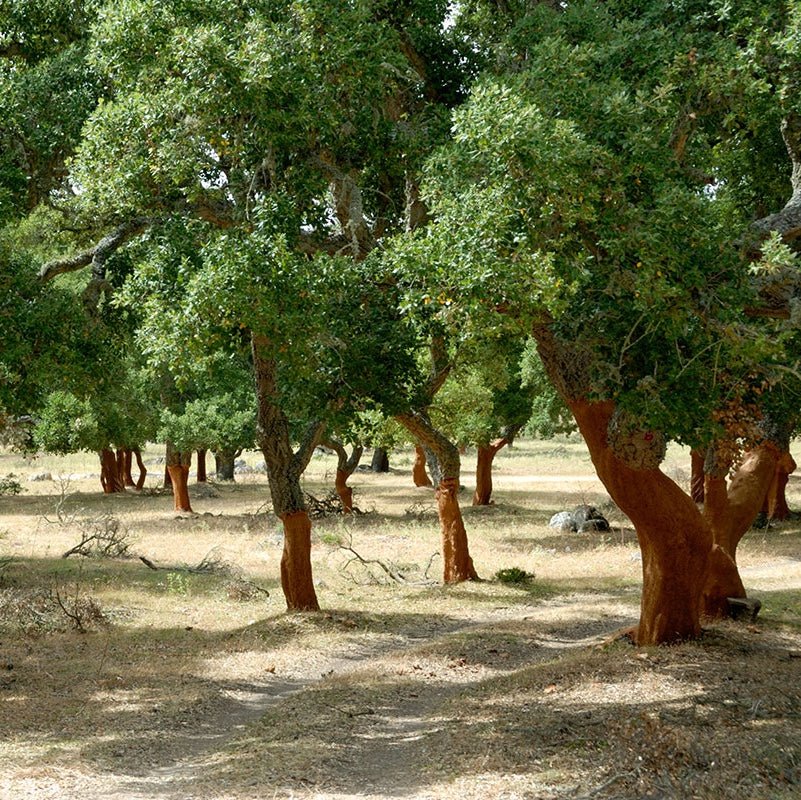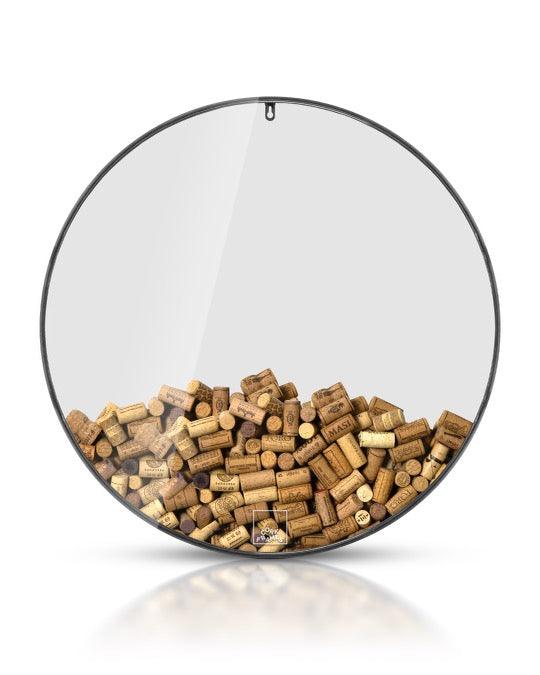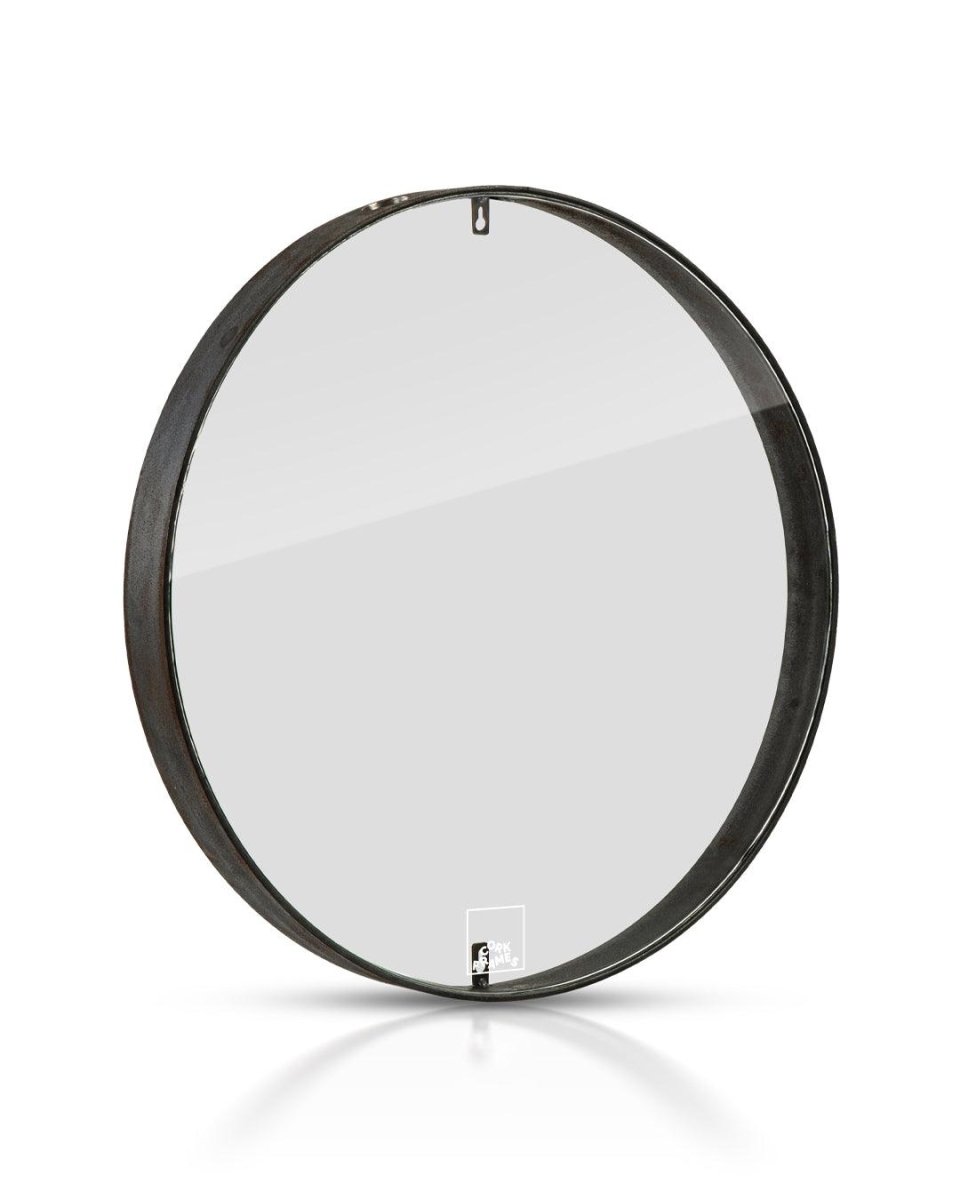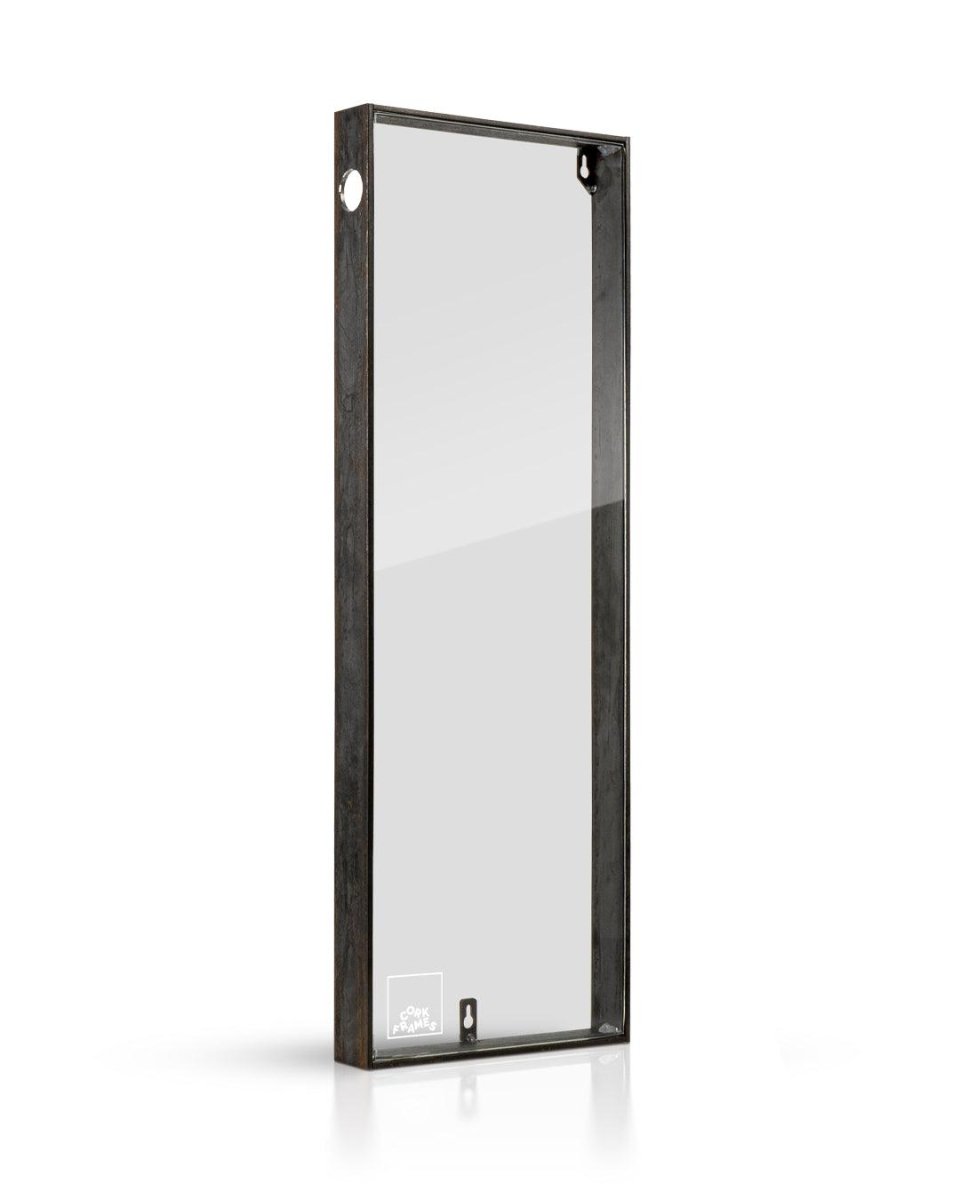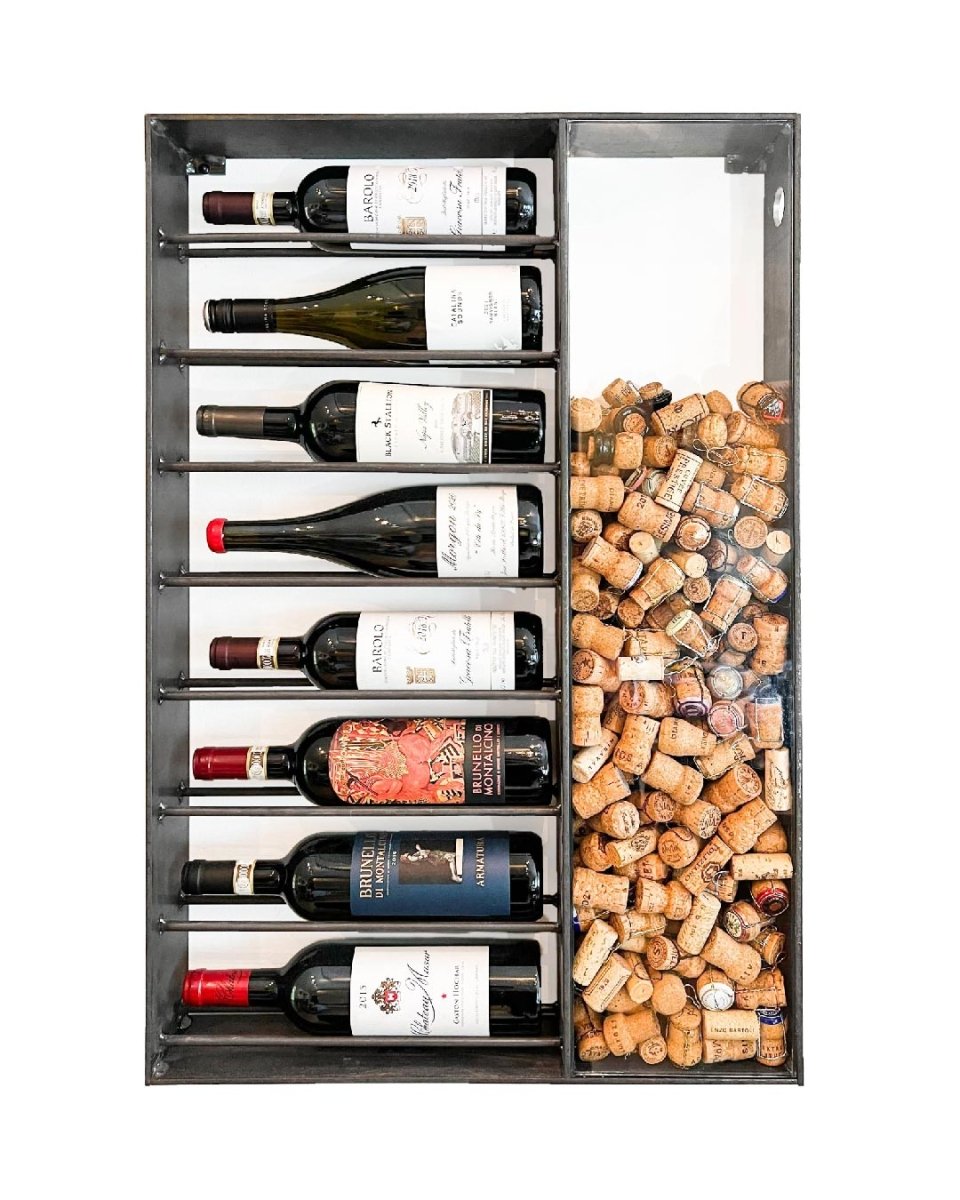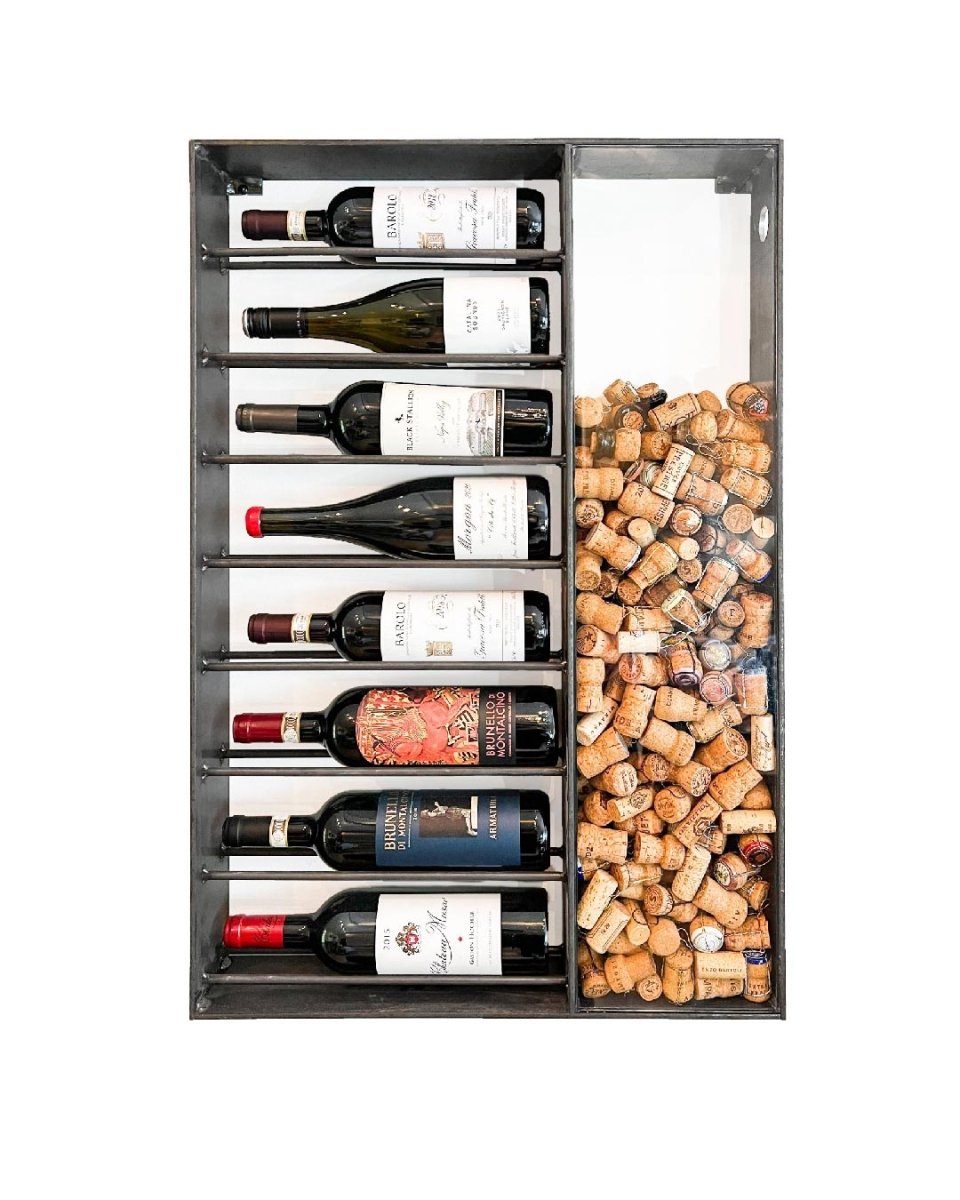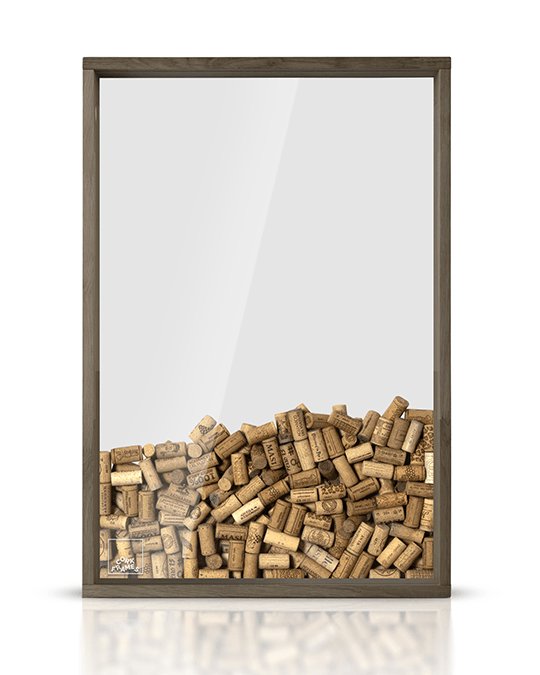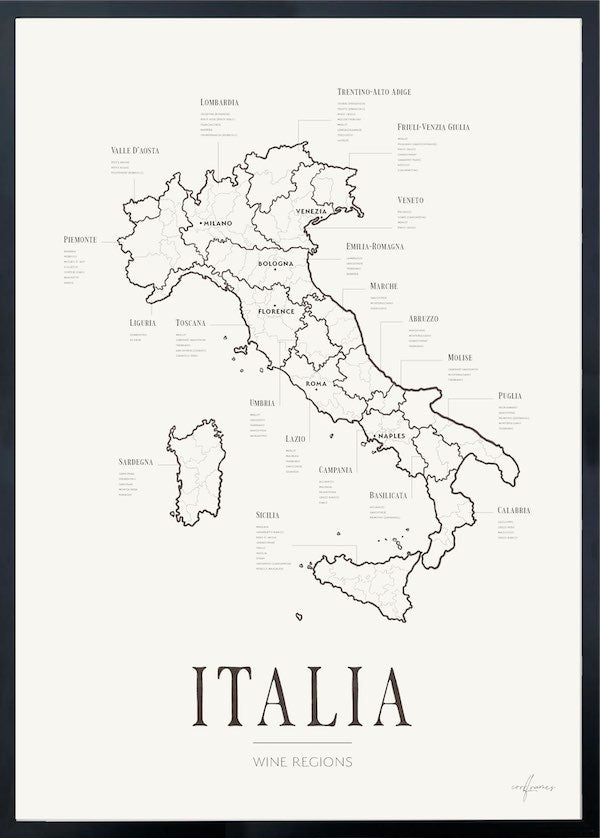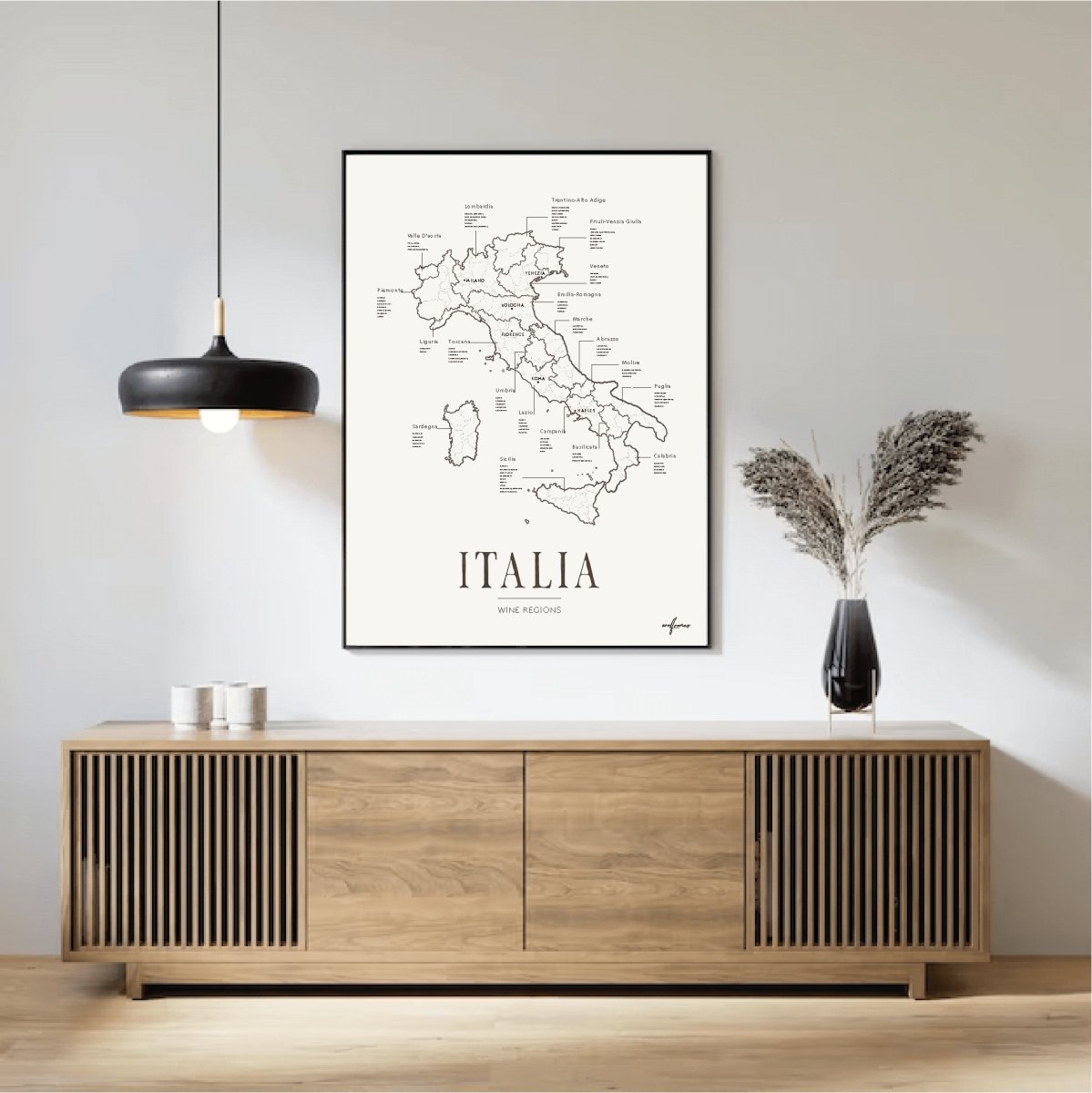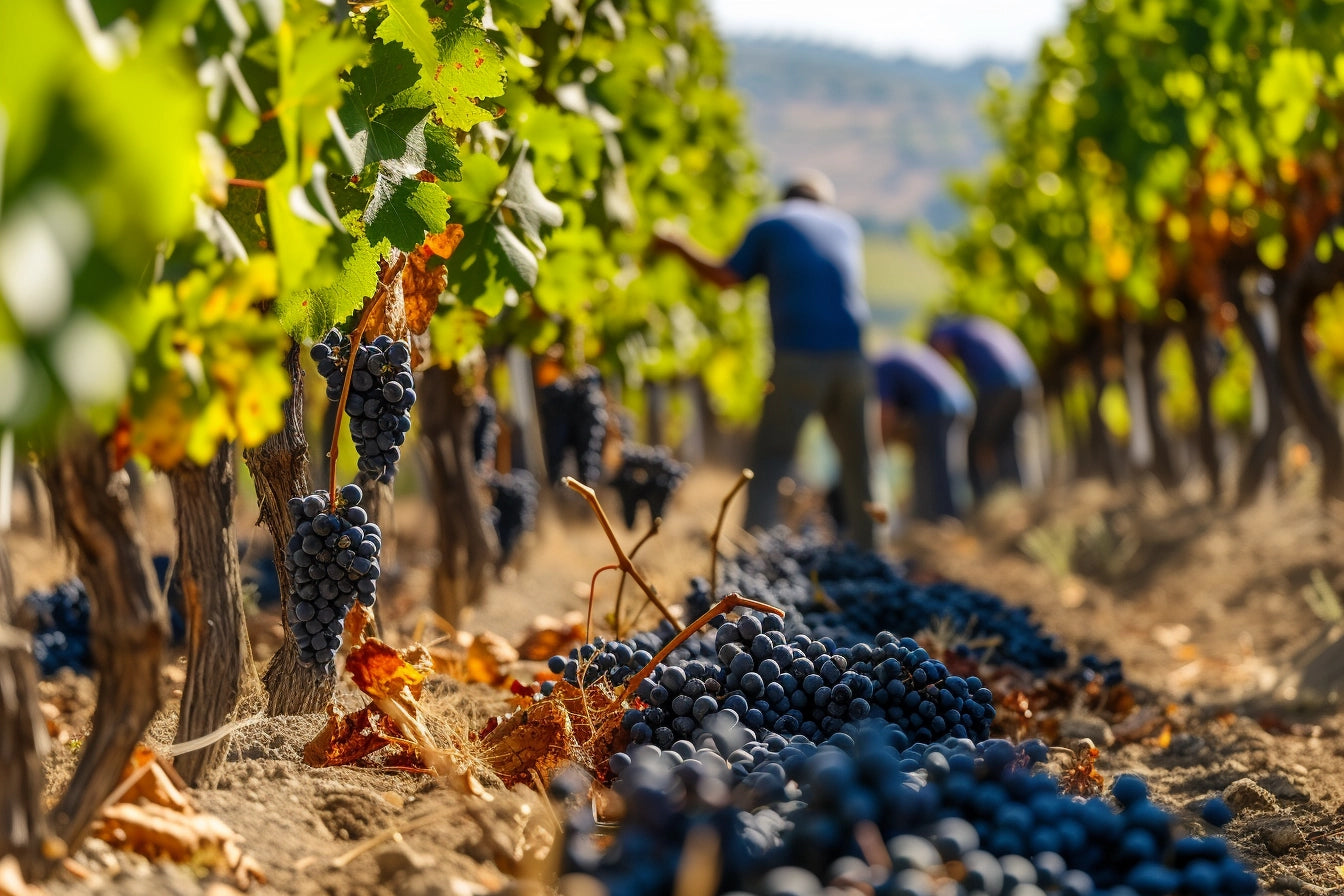Swedish Midsummer, or "Midsommar," is one of the most cherished and traditional celebrations in Sweden, deeply rooted in the country's history and cultural heritage.
The origins of Midsummer date back to pre-Christian times and are intertwined with ancient pagan festivals that celebrated the summer solstice, the longest day of the year.
Pagan Roots and Solstice Celebrations
The celebration of the summer solstice has been a significant event for many cultures around the world. In Sweden, it marked the beginning of the season of growth and fertility. The festival was a way to honor the sun and the bountifulness of nature. People believed that the midsummer night was magical, with plants and water holding special healing powers. It was common to pick flowers and herbs, which were thought to be most potent at this time of year.
Christian Influence
With the advent of Christianity in Sweden during the early Middle Ages, many pagan customs were integrated into Christian traditions. Midsummer became associated with the feast day of John the Baptist, celebrated on June 24th. However, the core elements of the festival remained pagan in nature, focusing on the sun and the natural world.
Traditional Customs and Practices
Midsummer is traditionally celebrated by raising and dancing around a maypole, known as a "midsommarstång" or "majstång," which is typically decorated with flowers and greenery. The maypole is a symbol of fertility, and dancing around it is believed to promote prosperity and good health.
Other traditional practices include:
- Wreaths and Garlands: Making and wearing flower wreaths, especially for young women, is a common tradition. The wreaths are often made of wildflowers and are worn as headbands.
- Bonfires: In some regions, lighting bonfires is part of the celebration. The fires are believed to ward off evil spirits and bring good fortune.
- Magic and Folklore: Midsummer is steeped in folklore and superstition. It is believed that if a young person places seven different types of flowers under their pillow on Midsummer's Eve, they will dream of their future spouse.
Food and Drink
Midsummer is also a time for feasting. Traditional foods include:
- New Potatoes: Freshly harvested new potatoes are typically boiled and served with dill.
- Herring: Various types of pickled herring are a staple at the Midsummer table, often served with sour cream and chives.
- Strawberries: Fresh strawberries, often served with cream, are a popular dessert.
- Aquavit: This traditional Swedish spirit is commonly consumed during Midsummer celebrations, often accompanied by singing traditional drinking songs known as "snapsvisor."
Modern Celebrations
Today, Midsummer remains one of Sweden's most important holidays. It is a time for families and friends to gather, often in the countryside, to enjoy nature, good food, and each other's company. Despite modern influences, many of the ancient traditions and customs continue to be practiced, keeping the spirit of the festival alive.
In summary, Swedish Midsummer is a vibrant blend of ancient pagan rituals and Christian traditions, centered around celebrating the light, fertility, and the beauty of nature during the longest day of the year.

